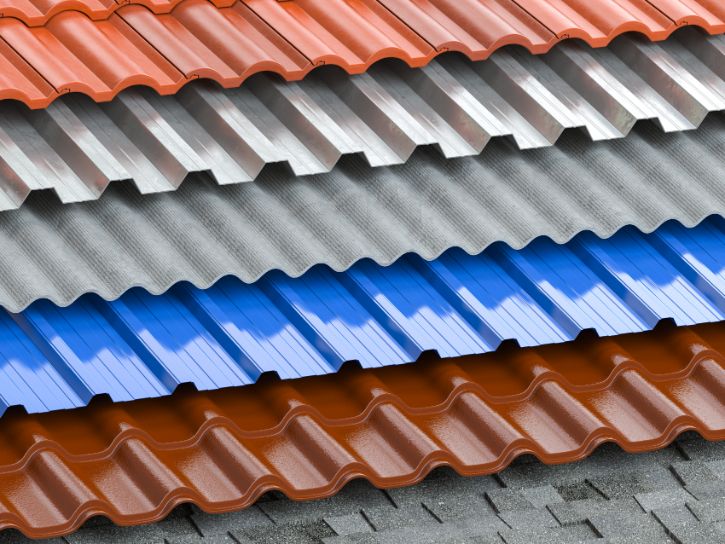Choosing the right roof material for your property is an important decision that will affect its longevity and durability. Here are some of the most popular roofing materials and their average lifespans.
Asphalt shingle roofs have a manufacturer-specified lifespan of up to 30 years. 3-tab shingles have the shortest lifespan while architectural and luxury shingles can last up to 25 years.
Asphalt Shingles
Asphalt shingles are the most popular roofing material in North America, and they can last anywhere between ten and thirty years depending on how well the roof is maintained. They are affordable and easy to install, and they come in a variety of styles and colors so you can find the perfect fit for your home’s aesthetic.
They can also be made energy-efficient by using cool-roof technology that helps them reflect more of the sun’s heat, which can help reduce your air conditioning costs. Additionally, you can choose from a variety of warranty options with manufacturers that offer 50-year non-prorated warranties.
The lifespan of an asphalt shingle roof can be shortened by climate factors, such as excessive sunlight and frequent hail storms that damage the shingles. Therefore, it is important to work with a professional hillsboro roofer service company who has experience installing these types of roofs in your region. They can make sure the roof is properly installed and regularly repaired to help it reach its maximum longevity.
Metal Roofs
Those seeking more modern roofing options can find a lot to love about metal roofs. These roofs offer beauty, durability, energy efficiency and a long lifespan.
In general, a well-installed metal roof can last from 40 to 70 years and is often backed by a warranty. This extended lifespan is one of the most significant factors that entices homeowners to invest in this roofing material for re-roofing or new construction.
A metal roof’s lifespan can be further boosted by regularly scheduled maintenance. In addition to keeping your roof clean, maintenance can also include replacing worn or damaged flashing or metal trim pieces. While bare metal is susceptible to corrosion, advances in coatings like galvanized and galvalume steel have greatly increased the longevity of these roofs.
Many metal roofs are manufactured to resemble shingles, shakes or tile, giving you the option of a more traditional aesthetic. You can even choose a standing seam metal roof for an architecturally beautiful look.
Wood Shingles & Shakes
Wood shingles and shakes can add a beautiful rustic touch to a home’s exterior. They typically have a longer lifespan than asphalt shingle roofs, but their durability depends on how well they are maintained and the climate where you live.
Cedar shingles are popular and are available in several styles. Those who want the most durability should opt for heavy hand split cedar shakes that are 3/4” thick at the butt end, as these have superior impact resistance. These are typically pressure treated with fire retardants and chemical preservatives to protect against weathering, insects, and rot.
While this roofing material is generally considered long-lasting, it will still degrade over time due to its organic nature. Fungi that grow on a shingle’s surface can disfigure it, but fungi treatments are readily available to prevent this from happening. The corners of a shingle may also curl over time, but this isn’t a sign that the roof needs to be replaced.
Tiles
With proper maintenance, concrete and clay tile roofs have a lifespan of over 50 years. They are exceptionally resistant to frost, water, wind and insect damage. They provide homeowners with a wealth of architectural options to match their homes’ aesthetics. The longevity of these roofs can also increase resale value.
Tiles are available in a wide array of colors, sizes and shapes that can complement any architectural style. They are also one of the easiest roofing materials to install and require minimal maintenance.
Homeowners looking to reduce their energy bills can benefit from a tile roof. Because they allow for natural air ventilation, they help to keep a house warmer in the winter and cooler in the summer. Additionally, tiles do not deplete limited natural resources and do not use chemical preservatives during the manufacturing process.
Their long lifespans also reduce the need for re-roofing, which minimizes waste in landfills. Please note, in order to reach the full lifespan of a roof that uses clay or concrete tile it is important to keep it free from moss and debris, regularly clean gutters, and trim trees directly above the roof line.
